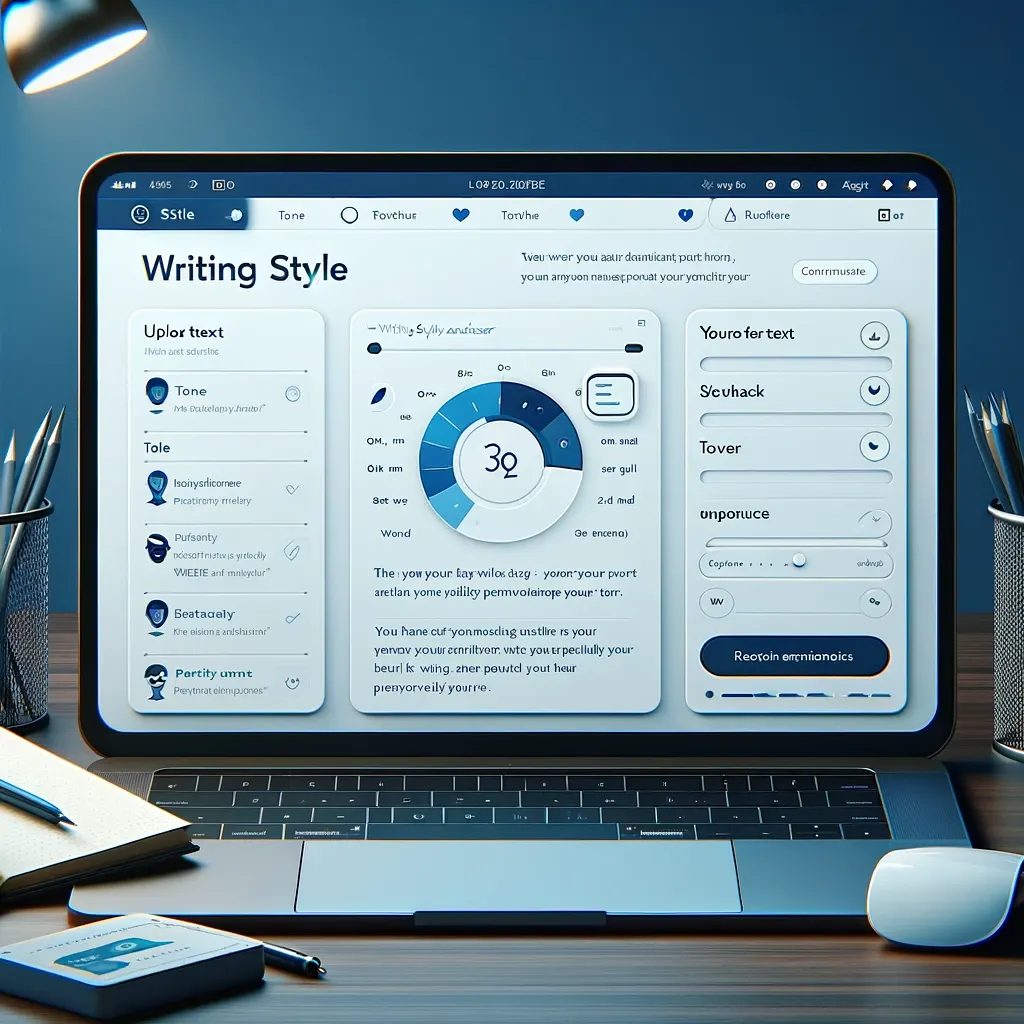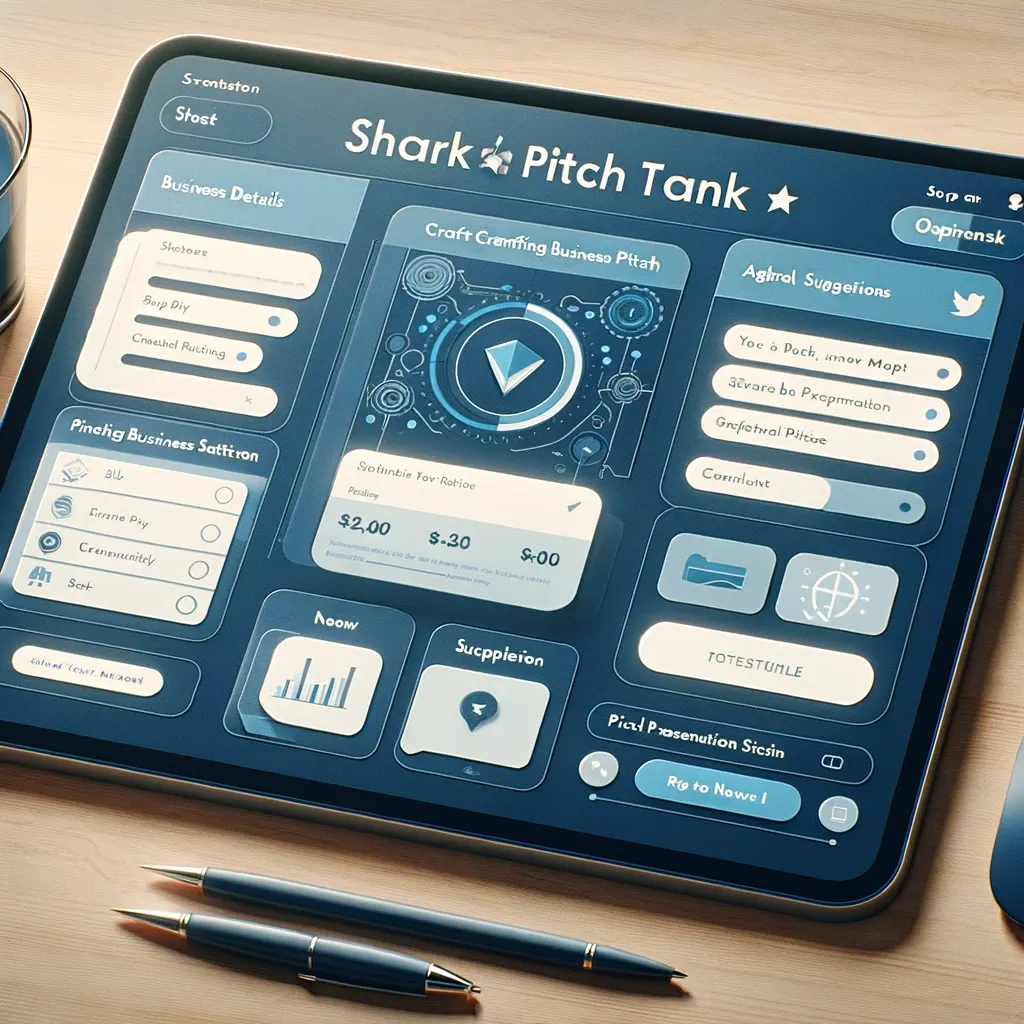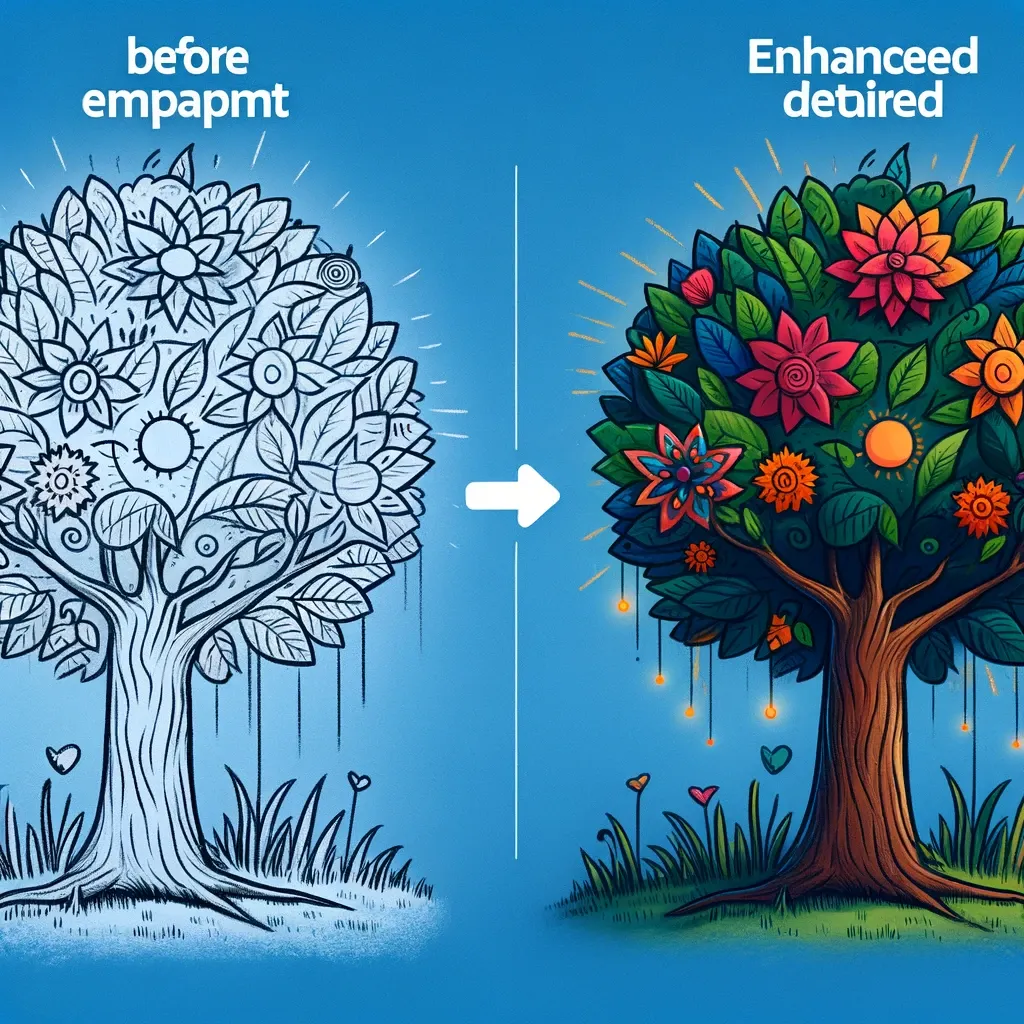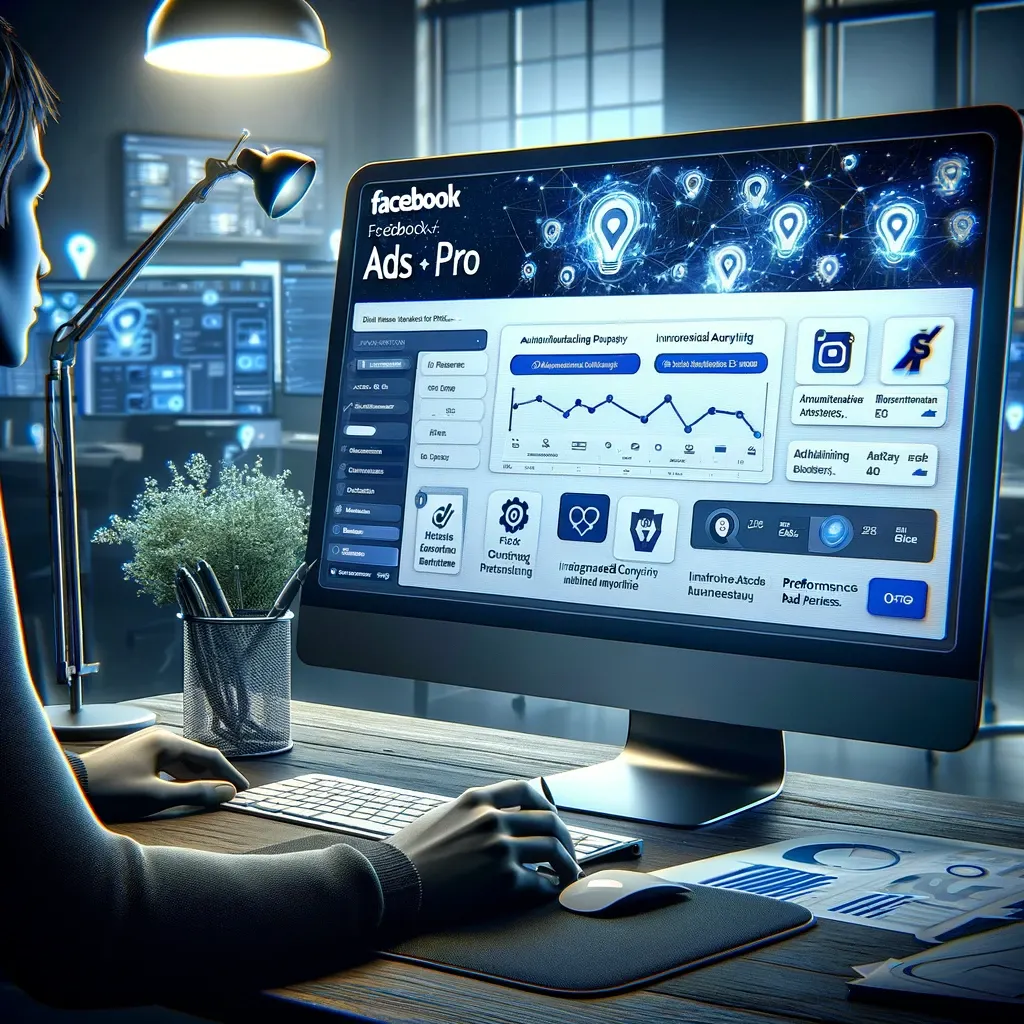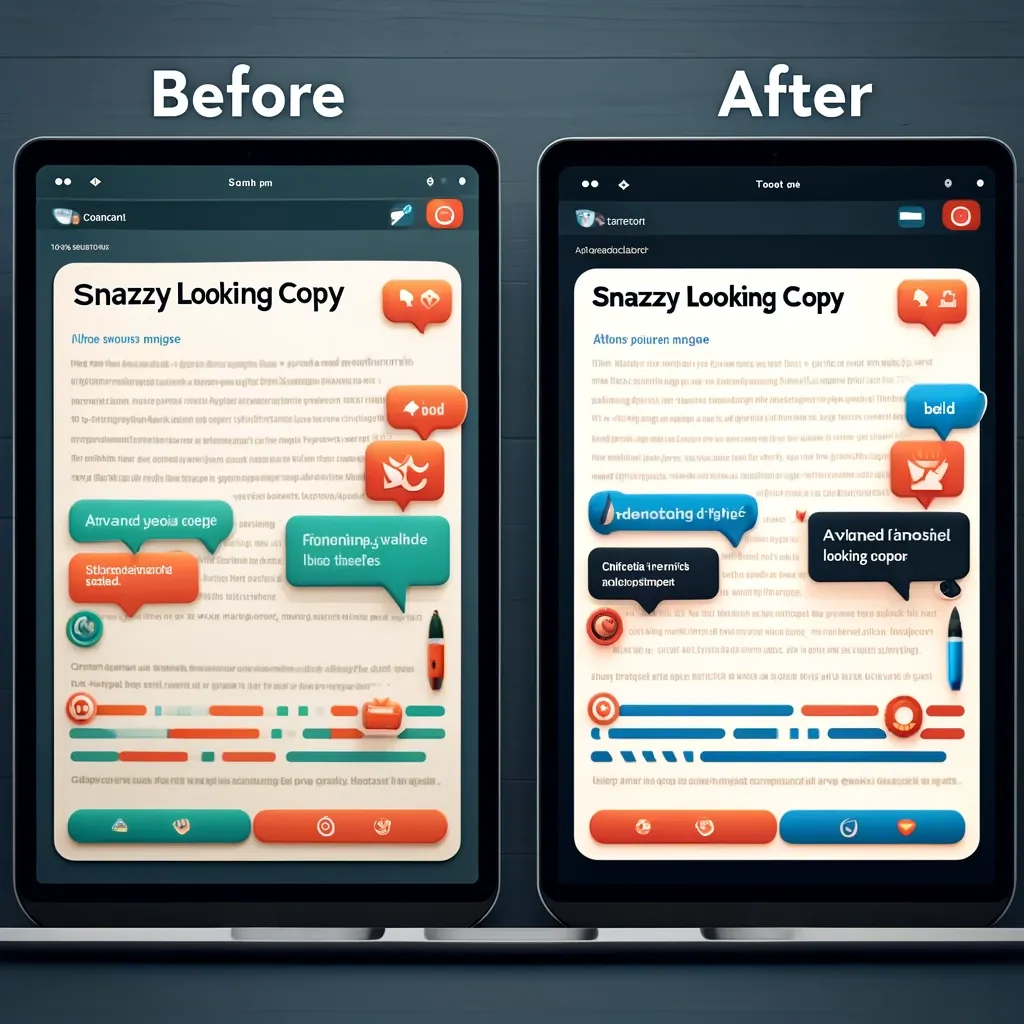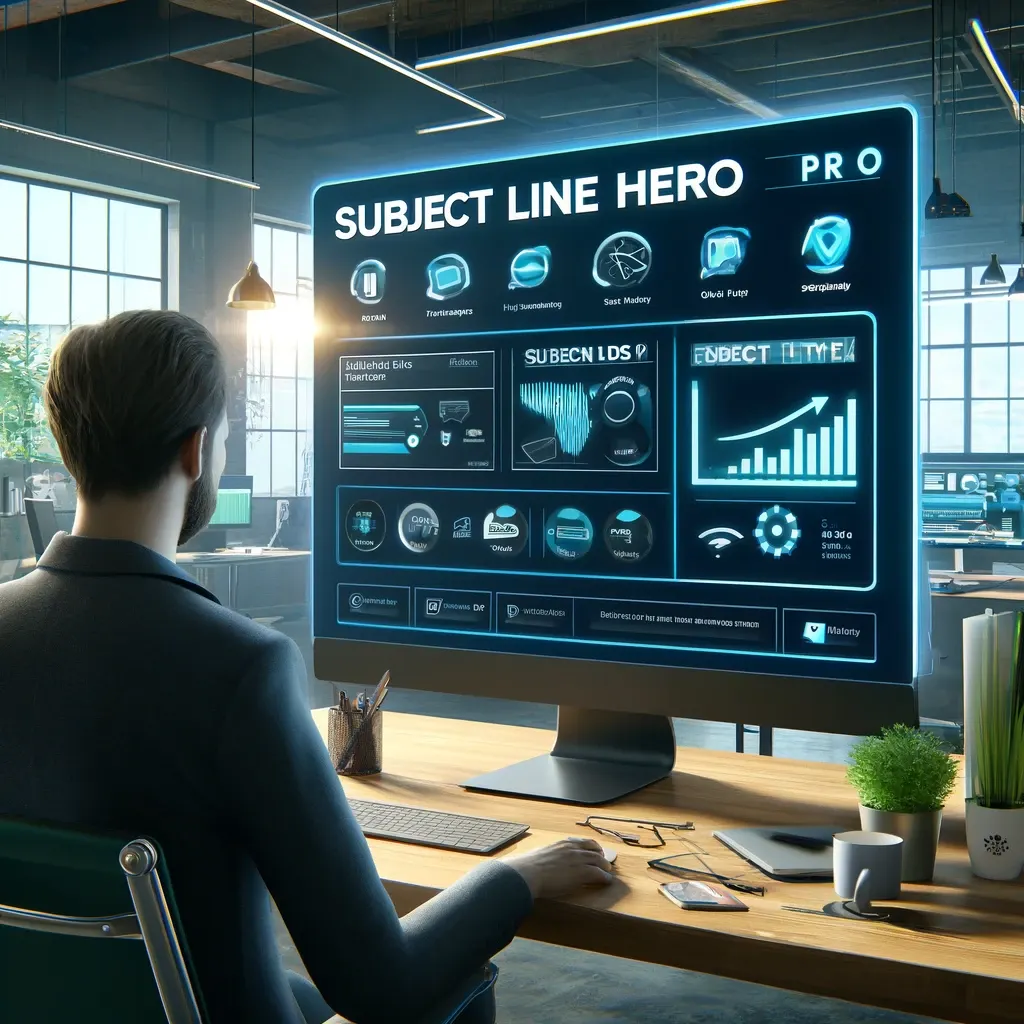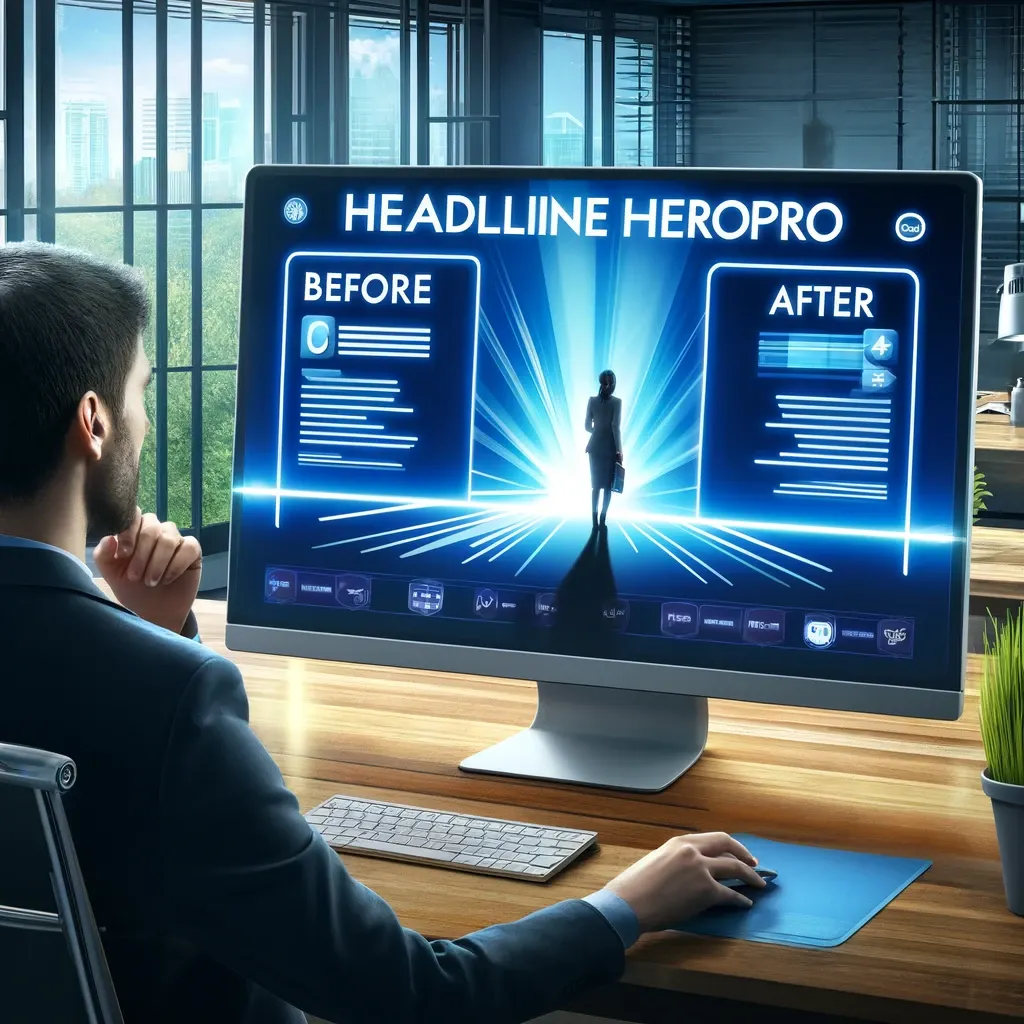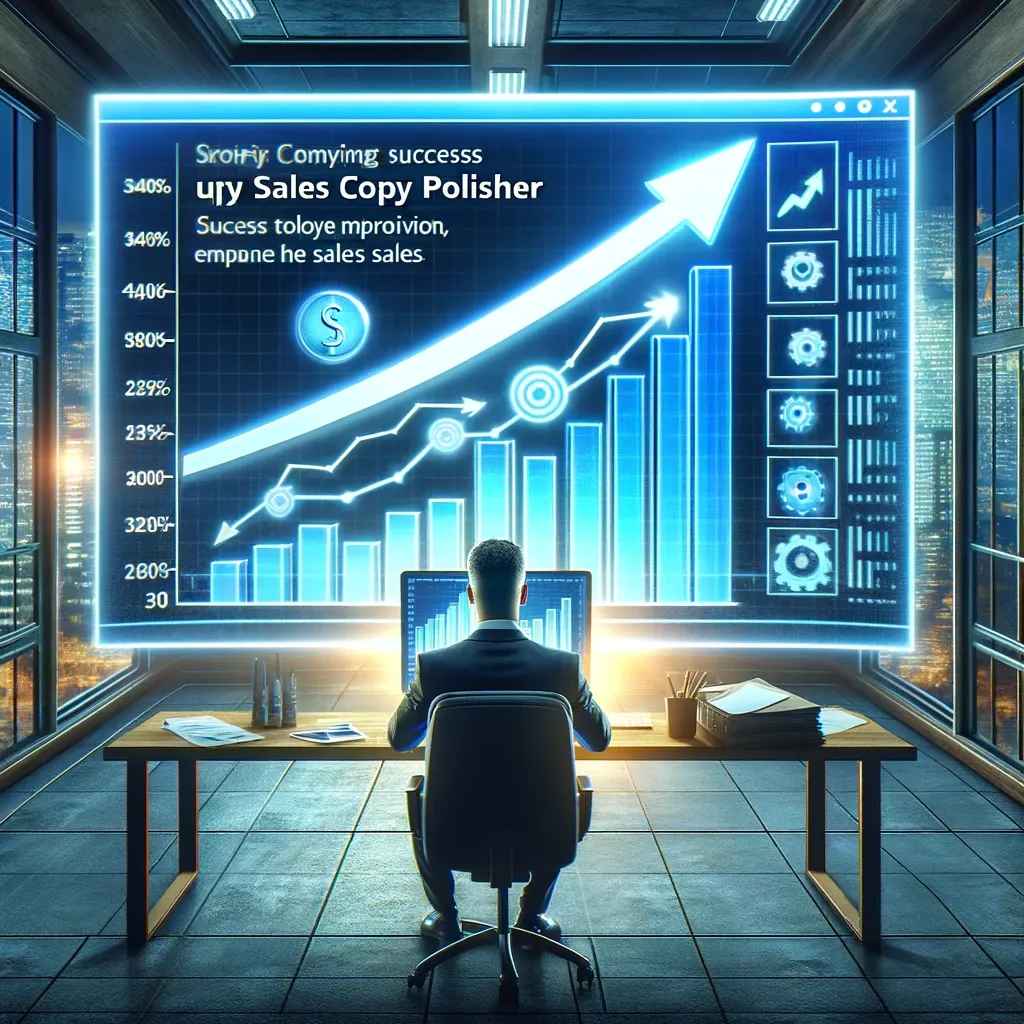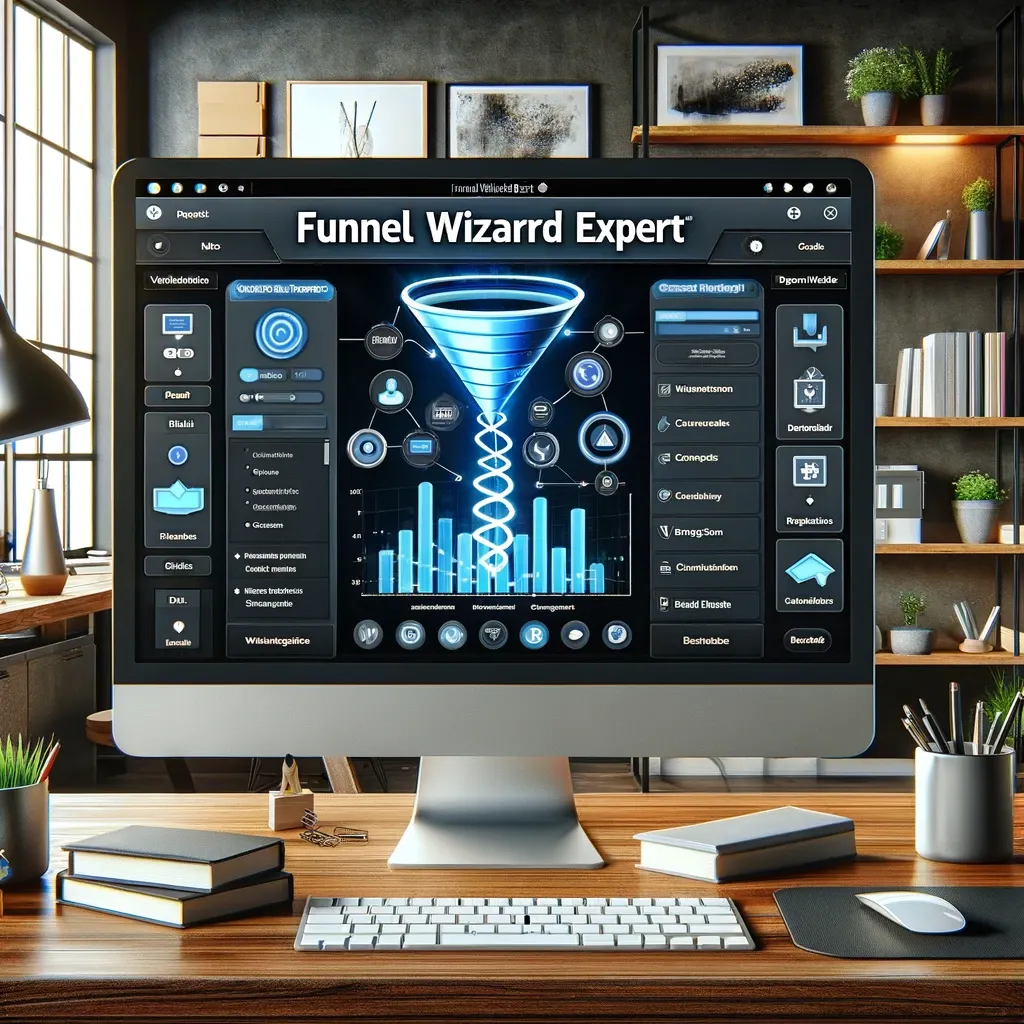Mastering Internal Linking Structure: Boost Your SEO and Improve User Experience
Internal linking is a powerful yet often underutilized tool in the realm of digital marketing. By effectively structuring internal links, you can improve your website's SEO performance, enhance user navigation, and increase dwell time—all of which lead to higher conversion rates and satisfaction. Let’s blend practical strategies with real-world applications to illuminate the impact and process of mastering internal linking.
The Power of Internal Linking for SEO and User Engagement 📈🔗
Boosting SEO: Internal links distribute link equity across your site, making it easier for search engines to crawl and index your pages. By strategically linking to high-priority pages, you can improve their search engine rankings.
Enhancing User Experience: Internal links provide a logical path for users to follow, making it easier for them to find relevant content. This reduces bounce rates and keeps users on your site longer, increasing the likelihood of conversions.
Key Strategies for Effective Internal Linking 🛠️✨
- Relevance is Key: Ensure that your internal links are relevant to the content they are embedded in. This not only benefits SEO but also enhances user experience by providing additional useful information.
- Use Descriptive Anchor Text: Anchor text should be natural and descriptive, giving users and search engines context about the linked page’s content.
- Balance Depth and Breadth: A well-structured internal linking strategy should strike a balance between linking deep within your site (depth) and linking across various sections (breadth). This ensures comprehensive coverage and makes the site more navigable.
Practical Example with Case Studies and Testimonials 🎯📜
Testimonial Highlight: Integrating User Experience
To illustrate, let's consider a case study based on the provided context. Here’s how you could integrate internal linking while presenting client testimonials and case studies, which not only enhance SEO but also add credibility and relatability to your site:
- Background: ABC Plumbing, struggling with low visibility and poor search engine rankings.
- Solution: Hossain Consulting’s comprehensive SEO strategy and social media overhaul.
- Results: A 60% increase in organic website traffic and a 35% boost in service bookings within six months.
- Internal Link Example:
<a href="https://yourwebsite.com/success-stories/abc-plumbing">Read the full case study of ABC Plumbing’s success</a>
- Testimonial: “Hossain Consulting transformed our online presence. Their strategic approach led to outstanding results.”
- Anchor Text Example:
John Doe, Marketing Manager at XYZ Home Services, shares his <a href="https://yourwebsite.com/testimonials">testimonial</a> about our impact.
By interlinking these elements back to their detailed pages, you ensure users and search engines easily find and understand the value of your services.
Enhancing Flexibility with Pricing and Contract Structures 💰📑
Discussing flexible pricing and engagement models within your content can also benefit from internal linking. When describing these features:
- Customized Solutions:
- Anchor Text Example:
Learn more about our <a href="https://yourwebsite.com/pricing">customized pricing solutions</a>.
This method not only directs users to more detailed pages but also provides clear navigation paths that improve the user journey.
Ensuring Consistency and Trustworthiness with HTTPS 🛡️🔒
An HTTPS-secured site reassures users about the safety of their data in forms and live chats. This builds trust, particularly when navigating through sensitive sections like pricing or scheduling consultations.
- Example Integration:
Home > Services > SEO > <a href="https://yourwebsite.com/contact">Contact Us</a>
Creating a Realistic Scenario: The What-If Question 🔮🤔
Consider this hypothetical: What if your website had no internal links? Users and search engines would struggle to navigate your site effectively, resulting in poor SEO performance and high bounce rates.
Transforming Navigation with Internal Links:
- Scenario Without Internal Links: A new visitor searching for “Bold Text: digital marketing tips for home services” lands on your blog but can't easily find related articles or service pages. They leave frustrated.
- With Internal Links: The same page offers embedded links to related guides, case studies, and service offerings.
Discover more tips in our <a href="https://yourwebsite.com/blog/digital-marketing-home-services">comprehensive guide</a>.
Outcome: The visitor finds value, explores more pages, and engages further, increasing the potential for conversion.
Addressing Industry-Specific Challenges and Simplifying Complexity 🏡🔍
Engagement: Home services businesses often face unique digital marketing challenges. By using internal links to direct users to specially crafted resources that address these challenges, you can provide targeted solutions and build confidence in your expertise.
Simplicity: Simplify complex topics within your content by linking to detailed resources.
- Example Link:
To understand SEO more deeply, check out our <a href="https://yourwebsite.com/resources/seo-guide">comprehensive SEO guide</a>.
Conclusion: Harness the Power of Internal Linking 🌐🏆
Mastering the art of internal linking can significantly boost your website's search engine rankings, enhance user experience, and drive higher engagement. By combining strategic internal links with detailed case studies, testimonials, and a secure HTTPS environment, you build a trustworthy and navigable website that meets and exceeds user expectations.
Call to Action: Ready to optimize your internal linking structure and elevate your digital marketing strategy? Discover Our Solutions 🚀
The Essential Role of HTTPS in Digital Marketing for Home Services Businesses





